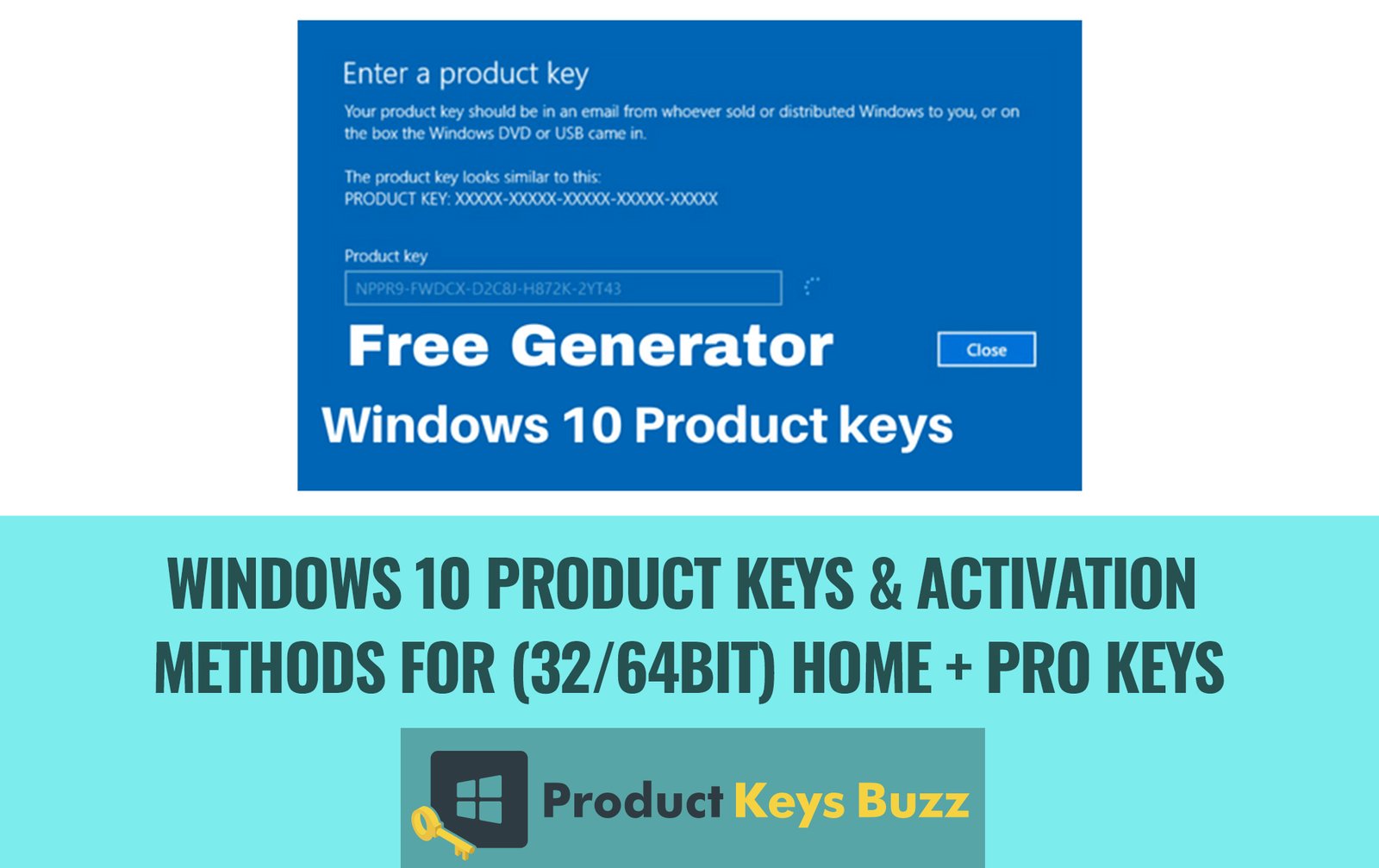

You can always check your activation status from either Settings (WinKey+I) > Update & security > Activation:

This is because Microsoft knows you clean installed on the same hardware. Once Windows 10 clean install is complete, your copy of Windows will activate automatically as soon as you connect to Internet. During install, when Windows setup asks you for product key, simply skip the step and let it complete the installation.

So what if you want to clean install Windows 10 on the same machine? Yes you can do that by downloading an ISO file, turning it into a USB drive or DVD media and then running the setup for clean install. Windows 10 free upgrade product key and activation from Windows 7/8: If you upgraded your PC to Windows 10 from a genuine copy of either Windows 8/8.1 or Windows 7, your license will be tied to the hardware you upgrade on, not your Microsoft account, and you won’t get any new product key either. You can verify this using any third-party product key fetching software like ProduKey or The Ultimate PID Checker. They will show you generic product keys like TX9XD-98N7V-6WMQ6-BX7FG-H8Q99 for Windows 10 Home and VK7JG-NPHTM-C97JM-9MPGT-3V66T for Windows 10 Pro edition. Whether you availed Microsoft’s free Windows 10 upgrade offer, which by the way was available only till July 29th of 2016, or got a new license for your PC off retail, online, or via subscription-based sources like Microsoft’s own MSDN service and the likes, here’s what you need to know about Windows 10 product keys and the full process involved in activating a machine on Microsoft’s latest desktop OS.

Here’s everything you need to know about how to find your Windows 10 product key and how activation works on free upgraded versus new retail copies of Windows 10.


 0 kommentar(er)
0 kommentar(er)
